- Individuals & Families
- Businesses
- Agents & Brokers
- Embedded Insurance

Chubb ranked #1 for Customer Satisfaction with the Home Insurance Claims Experience

Chubb ranked #1 for Customer Satisfaction with the Home Insurance Claims Experience

Chubb ranked #1 for Customer Satisfaction with the Home Insurance Claims Experience

Chubb ranked #1 for Customer Satisfaction with the Home Insurance Claims Experience

Because pets are family, Chubb now offers pet insurance with top-rated coverage from Healthy Paws.

Chubb offers the insurance protection you need for travel’s many “what ifs”.

Chubb protects small businesses at every stage – from newly formed start-ups to long-time anchors of the community.

Stay ahead of cyber threats with our free Cyber Claims Landscape Report.

Learn more about our dedicated learning paths, Online Learning Center, and more.

Many digital-savvy consumers look for it as a core or add-on option.

Many digital-savvy consumers look for it as a core or add-on option.

Many digital-savvy consumers look for it as a core or add-on option.

Chubb’s in-house technology makes it easy to integrate what we do into your customer experience.
-
About
-
Claims
-
Login & Pay Bill
For Agents & BrokersFor Travel Advisors
-
Back
You receive financial “appraisals” of your investments every month in the form of brokerage statements, so why would you ignore a potentially large asset like art and collectibles?
You probably invested more time, personally, choosing the items in your collection than the items in your financial portfolio, so think of periodic appraisals, done about every five years, as a financial checkup for your art and collectibles. Here’s why your art may be worth more than you think.
Auction records provide only half the story
If you are using auction records, consider what percentage they are of all sales values. Authors often base their analysis of current trends on auction records for internationally recognized artists selling for over $1,000,000, but these comprised less than 1% of all artworks sold. Odds are that your artwork falls into the remaining 99%, so accurately determining values for it may be more challenging. To truly get an idea of what your art is worth, your appraisals should include additional research into comparable art from private sales through galleries.
The symbiotic relationship between dealers and auction houses
People also forget the interaction required between dealers and auctions to make an artist valuable. No artist becomes famous without being represented by a dealer. The dealer promotes the artist through exhibitions, catalogs, and private placement, elevating the artist’s prices as demand for the work increases. The works of art reach a value that gains the attention of an auction house. The auction house includes the artist’s work in an auction and promotes the artist to a larger audience, elevating recognition, demand, and prices for the artist’s work. The gallery elevates the artist, and the auction follows suit. This relationship between galleries and auctions is important to everyone, especially the artist and collector. So, determining the value of an artwork from both galleries and auctions is vital to the accuracy of the appraisal.
Many artists sell for more in specific regions of the country
If an artist has an association with a particular region of the country—perhaps he or she went to school or taught there—demand for their work is often much higher there. For example, a 1936 painting by Texas artist Everett Spruce sold in 2014 for more than $250,000. Two smaller 1930s works have since sold in the same $200,000 price range, yet the current auction record for Everett Spruce is $92,000.
Rediscovery makes a difference
Seymour Fogel is an excellent example of a prominent artist who was rediscovered. In the early 1930s, Fogel began his work as a professional artist by working with Diego Rivera and Frida Kahlo on numerous mural projects, including the controversial Man in the Crossroads mural at Rockefeller Center in New York City. Soon after, Fogel’s own career advanced rapidly. Numerous exhibitions and WPA commissions established him as a member of the New York art community. He continued to work until his death in 1984. Yet now, his work is in prominent museums and collections across the United States, and values for his paintings are 10-20 times higher than a decade ago.
Chart the direction and pace at which your collection is moving
The old adage “people don’t want what their parents had, they want what their grandparents had” is true in art as well. Below is our “generational curve summary.” Please note that this is a summary of our observations and is not a definitive analysis.
Currently, Generation X (born 1965-1979), followed by the Millennials (born 1980-2000), are inheriting wealth and actively building collections of their own taste. They often shun the art they grew up with, instead opting for the art of their grandparents' generation.
Conversely, the first generations to broadly collect art, the Silent Generation (born 1925-1942) and early Baby Boomers (born 1943-1964) are retiring or passing. Some artists from their collecting years, primarily the 1960s-1990s, have become very valuable, or are trending toward increasing in value, depending on the interests of the Gen X and Millennials. Unfortunately, far more are decreasing in value as time marches on.
For more information, click here.
Insights and expertise
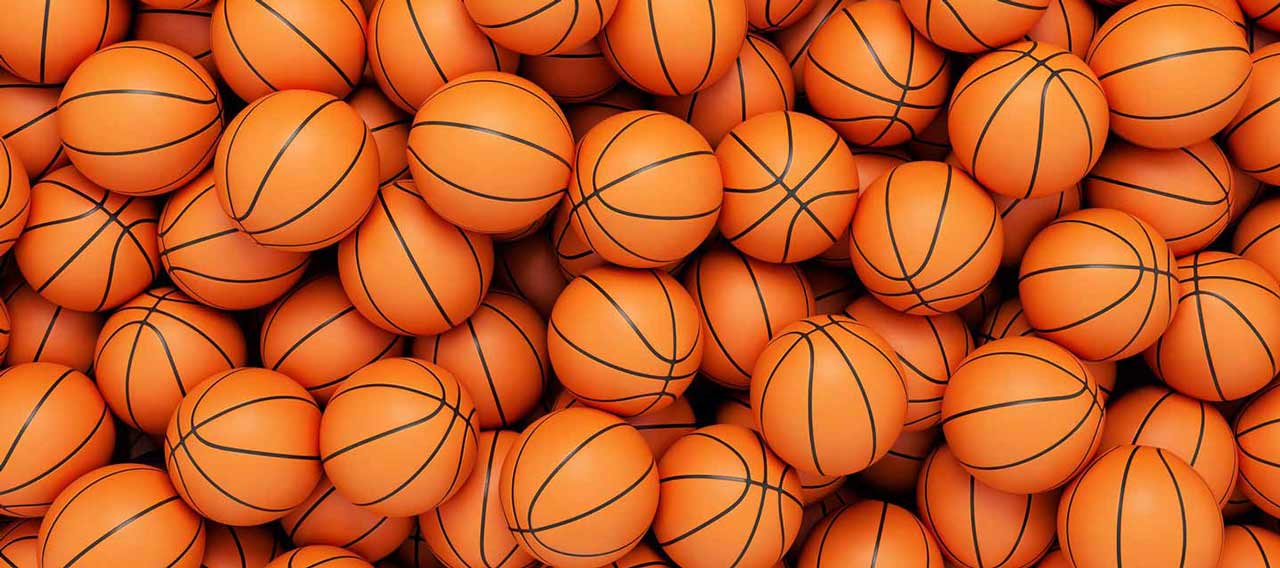
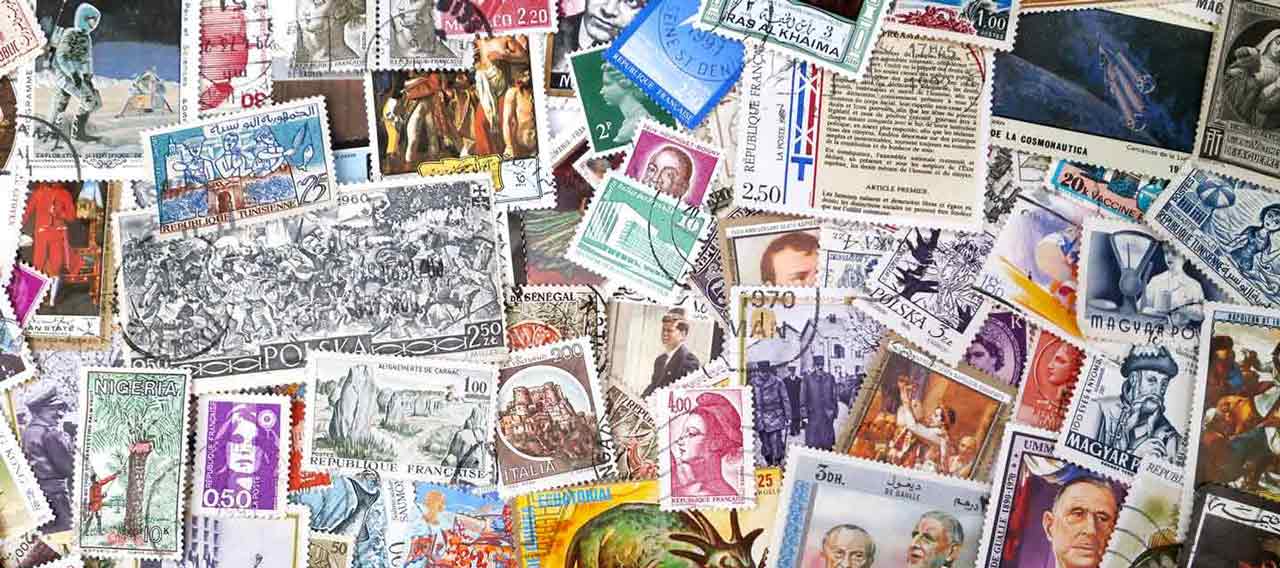
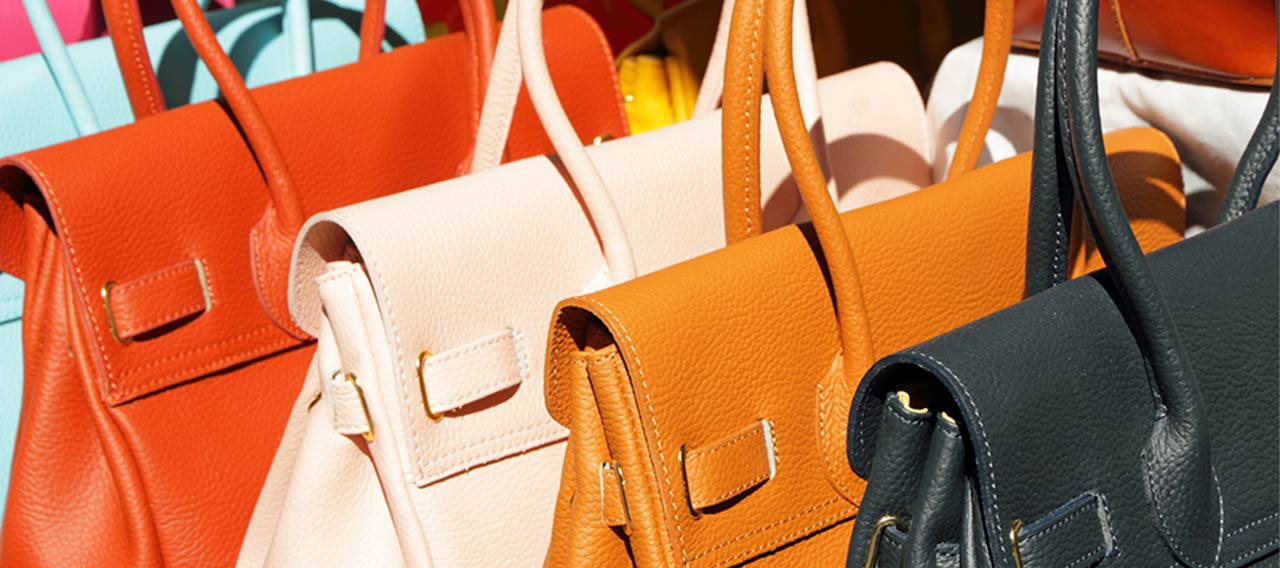

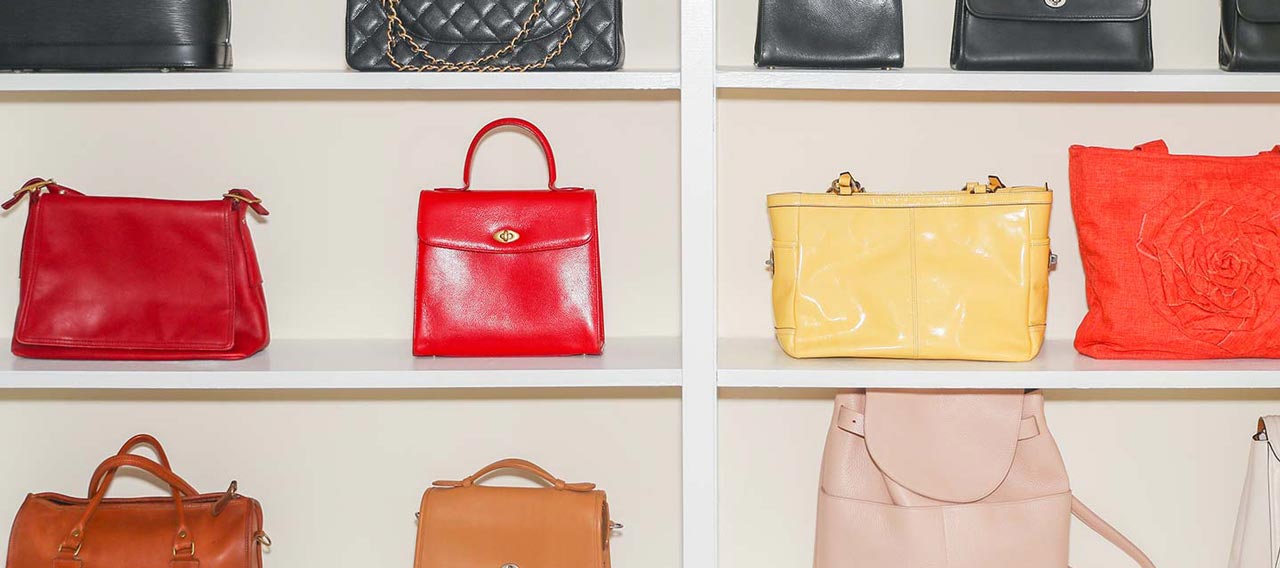


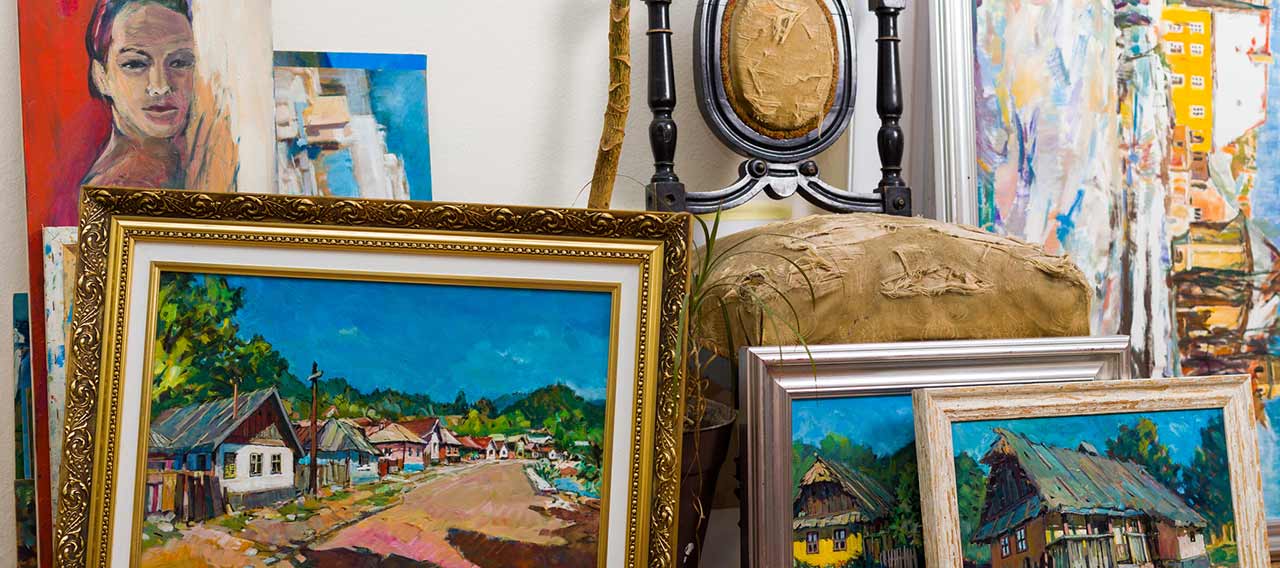
Get a personal insurance quote
Work with an independent agent to get personalized insurance solutions.
This document is advisory in nature and is offered as a resource to be used together with your professional insurance advisors in maintaining a loss prevention program. It is an overview only, and is not intended as a substitute for consultation with your insurance broker, or for legal, engineering or other professional advice.
Chubb is the marketing name used to refer to subsidiaries of Chubb Limited providing insurance and related services. For a list of these subsidiaries, please visit our website at www.chubb.com. Insurance provided by ACE American Insurance Company and its U.S. based Chubb underwriting company affiliates. All products may not be available in all states. This communication contains product summaries only. Coverage is subject to the language of the policies as actually issued. Surplus lines insurance sold only through licensed surplus lines producers. Chubb, 202 Hall's Mill Road, Whitehouse Station, NJ 08889-1600.


